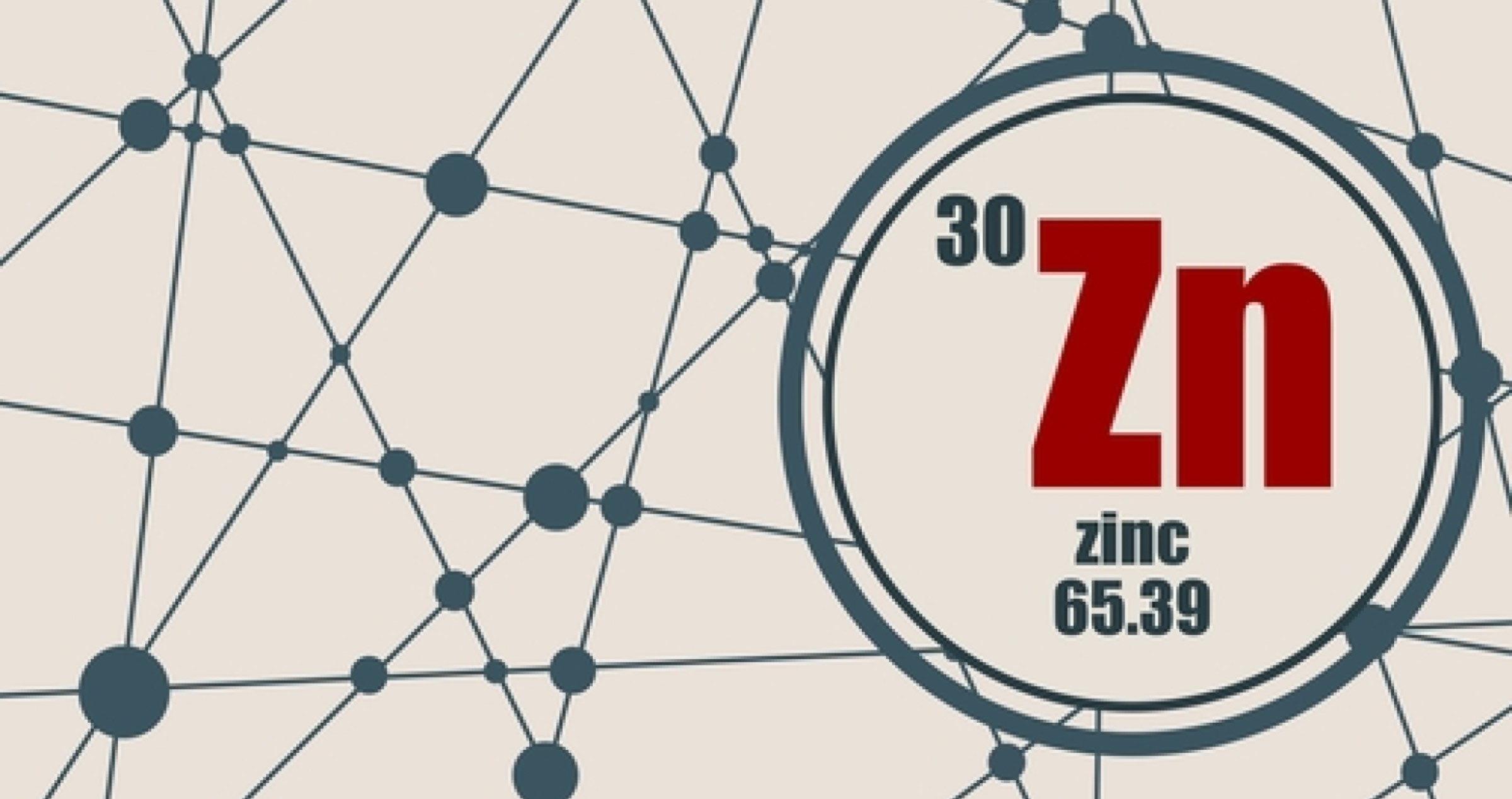Share
Removing excess zinc after optic nerve injury could protect ganglion cells and the optic nerve resulting in glaucoma prevention.

The Optic nerve located at the back of the eye is formed by the nerve fibres (or axons) of ganglion cells. It sends electrical signals to the rest of the brain for further processing. In the adult brain, when an optic nerve is injured, it cannot regenerate under normal circumstances. Death of ganglion cells soon follows, causing permanent vision loss. One such condition is glaucoma where blindness results after ganglion cells and the optic nerve die over time.
Apart from vitamin A, our eyes also need zinc - the second most abundant trace mineral in the body. In fact, our eyes are the organs which contain the highest concentration of zinc and zinc plays important roles in retinal physiology and diseases. Normally, most of the zinc is bound to ligands and the rest are loosely bound. This free or mobile zinc can be highly toxic because of the formation of reactive oxygen species.
A recent study by Li and colleagues (2017) reported that after the optic nerve is injured in mice, within one hour, zinc concentration increases dramatically in the amacrine cells - the interneurons of the retina. Zinc continues to increase over the first day, then transfers slowly to the ganglion cells. If this excess zinc can be removed or chelated, then ganglion cells and their nerve fibres which formed the optic nerve can be protected. Indeed, the study demonstrated that injection of zinc chelators into the eye allowed “many retinal ganglion cells to survive for months after nerve injury and regenerate axons”. “Importantly, the therapeutic window for zinc chelation extends for several days after nerve injury.” Note, the same study also confirmed the important finding of accumulation of zinc in amacrine cells by deleting slc30a3, the gene encoding zinc transporter protein ZnT-3, resulted in better ganglion cell survival and axon regeneration.
Chelators are small molecules and they bind tightly to metal ions making them chemically inert. Consequently, detoxifying metal ions and preventing poisoning. For example, hypercalcemia where the blood level of calcium is high can be treated with calcium chelators. Iron chelators can be used to treat iron overload. Thus, following optic nerve injury, zinc chelators could be a potential treatment for the long term protection of ganglion cells and regeneration of their nerve fibres.


